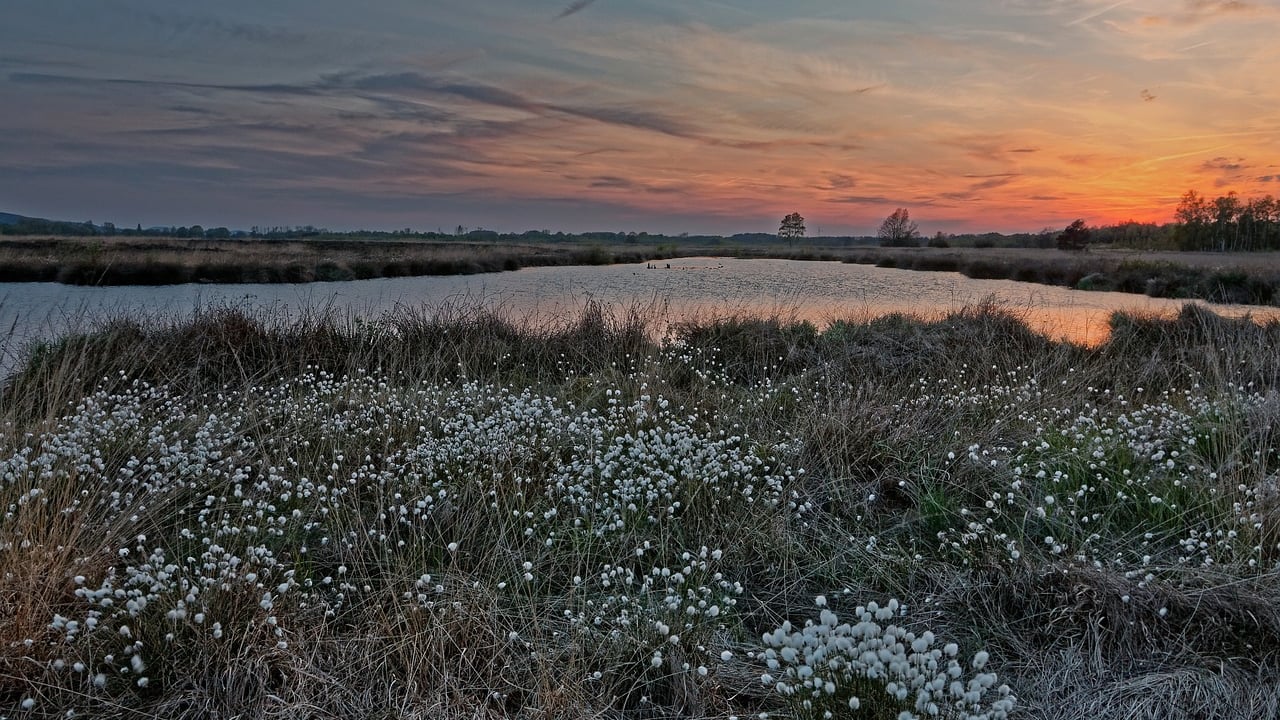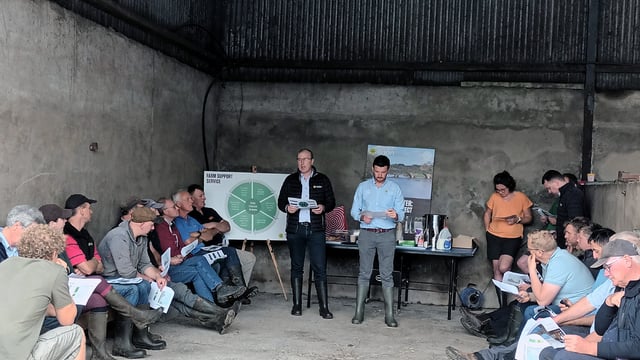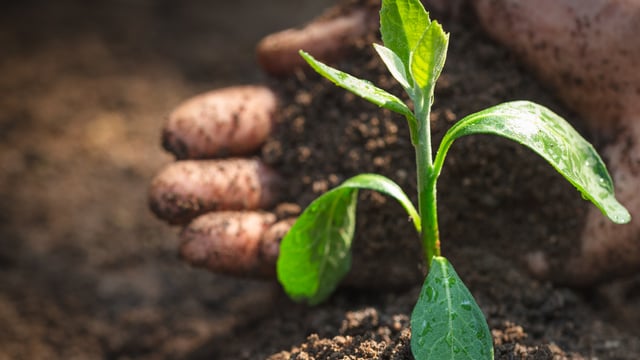Nature Restoration Law officially published in EU journal
The Nature Restoration Law has today (Monday, July 29), been officially published in the Official Journal of the European Union and will enter into force in 20 days.
The law, which aims to restore at least 20% of the EU's land and sea areas by 2030 and all ecosystems in need of restoration by 2050, was passed by EU environment ministers last month.
Member states now have two years to prepare national restoration plans to quantify the area that needs to be restored and identify the restoration measures necessary to meet the restoration targets.
The law states that member states should engage with landowners and farmers, fishers, foresters and other relevant stakeholders in all phases of the preparation, review and the implementation of the national plans.
A draft national restoration plan, covering the period up to 2050, must be submitted to the European Commission by September 1, 2026. A review of the national restoration plans will then be carried out by member states in 2032 and 2042.
Article 11 of the Nature Restoration Law states that member states shall put in place measures which shall aim to restore organic soils in agricultural use constituting drained peatlands. Those measures shall be in place on at least:
- 30% of such areas by 2030, of which at least a quarter shall be rewetted;
- 40% of such areas by 2040, of which at least a third shall be rewetted;
- 50% of such areas by 2050, of which at least a third shall be rewetted.
The obligation for member states to meet these rewetting targets "does not imply an obligation for farmers and private landowners to rewet their land, for whom rewetting on agricultural land remains voluntary, without prejudice to obligations stemming from national law".
The law also states that member states shall incentivise rewetting to make it an "attractive option" for farmers and private landowners and "foster access to training and advice" to farmers on the benefits of rewetting peatland.
The law states that the extent of rewetting may be reduced if it is likely to have "significant negative impacts" on infrastructure, buildings, climate adaptation or other public interests and if such rewetting cannot take place on land other than agricultural land.
Under the Nature Restoration Law, member states can "choose from a wide range of restoration measures" for drained peatlands in agricultural use. The law states the following examples:
- Converting cropland to permanent grassland and extensification measures accompanied by reduced drainage;
- Full rewetting with the opportunity of paludicultural use, or the establishment of peat-forming vegetation.
The law defines paludiculture as the "practice of farming on wet peatlands which can include the cultivation of various types of reeds, certain forms of timber, blueberry and cranberry cultivation, sphagnum farming and grazing with water buffaloes".
Member states may put in place restoration measures, including rewetting, in areas of peat extraction sites and count those areas as contributing to meeting the targets, the law states.
When asked by Agriland whether restoration/rewetting works already completed before the law takes effect can be counted towards the targets in the law, a spokesperson for the Department of Housing, Local Government and Heritage said:
"The [European] Commission stated during the negotiations that any work underway when the regulation comes into force will count towards the targets. The [national] plan will have to determine what counts as 'underway'."
Minister for Agriculture, Food and the Marine, Charlie McConalogue repeatedly said that rewetting targets can be met using state lands, including Bord na Móna and Coillte lands.
In Ireland, the national cover of drained peatlands under agricultural use has been estimated at 333,000ha. When these targets are applied, Ireland will have an obligation to rewet just under 25,000ha by 2030, the department said.
This is lower than the restoration targets already set out in Ireland's Climate Action Plan which includes a national commitment to rewet just under 33,000ha of Bord na Móna lands by 2030, and 77,600ha overall in the plan.
"Further research is underway to determine the precise area in hectares that is quantifiable as drained peat soils. The government remains confident that targets to 2030 and beyond can be achieved on state-owned lands," the spokesperson said.





